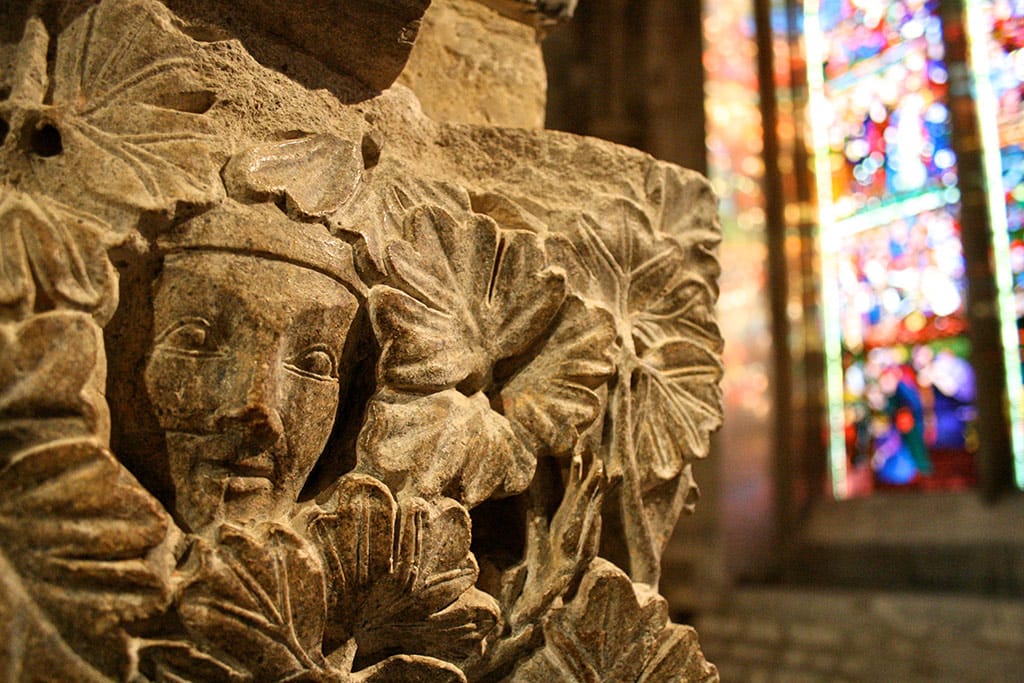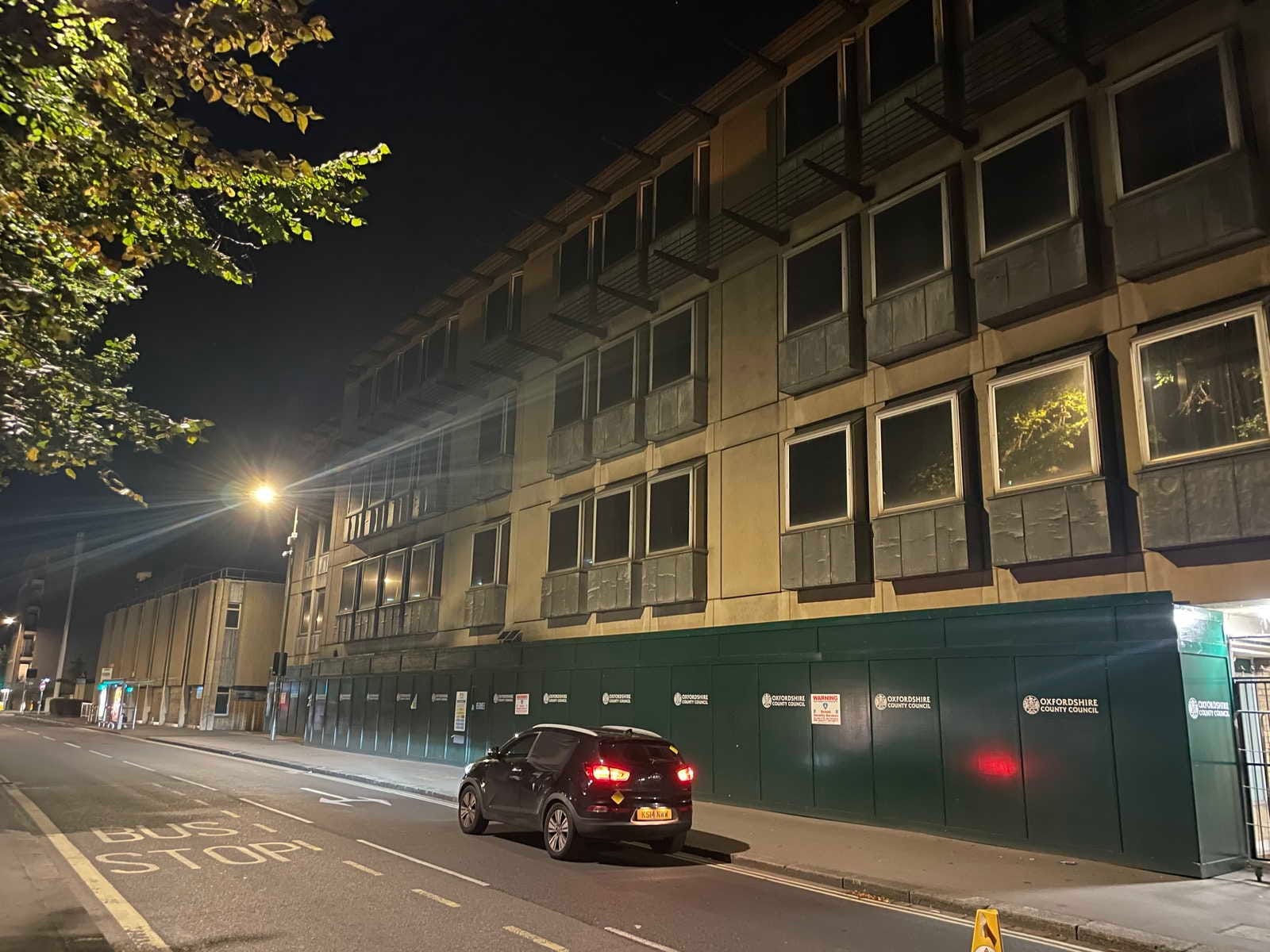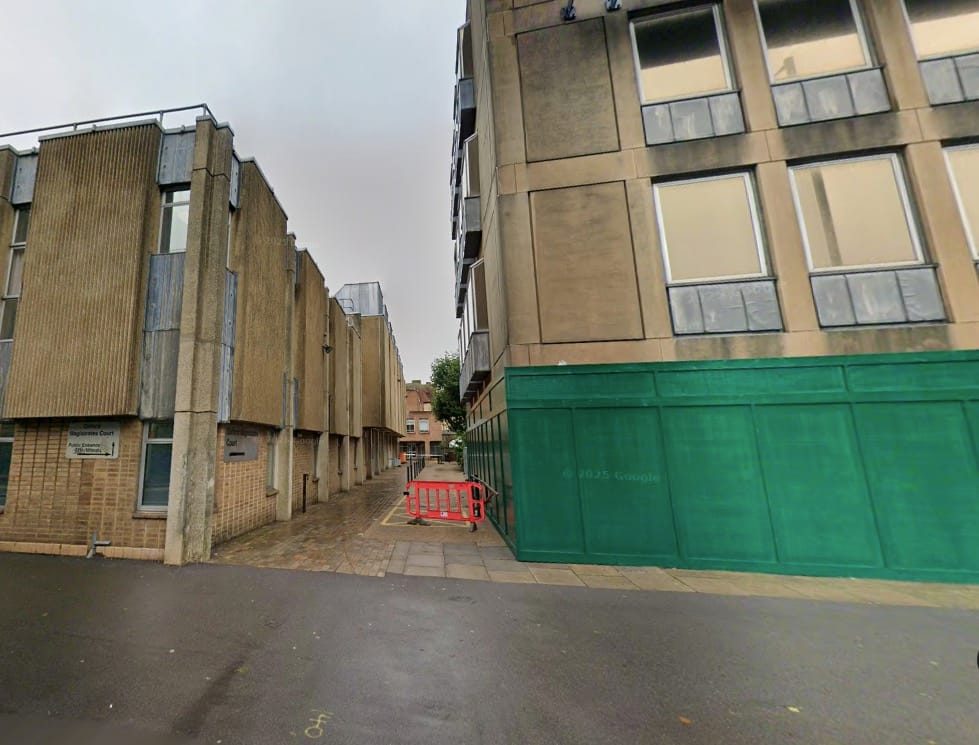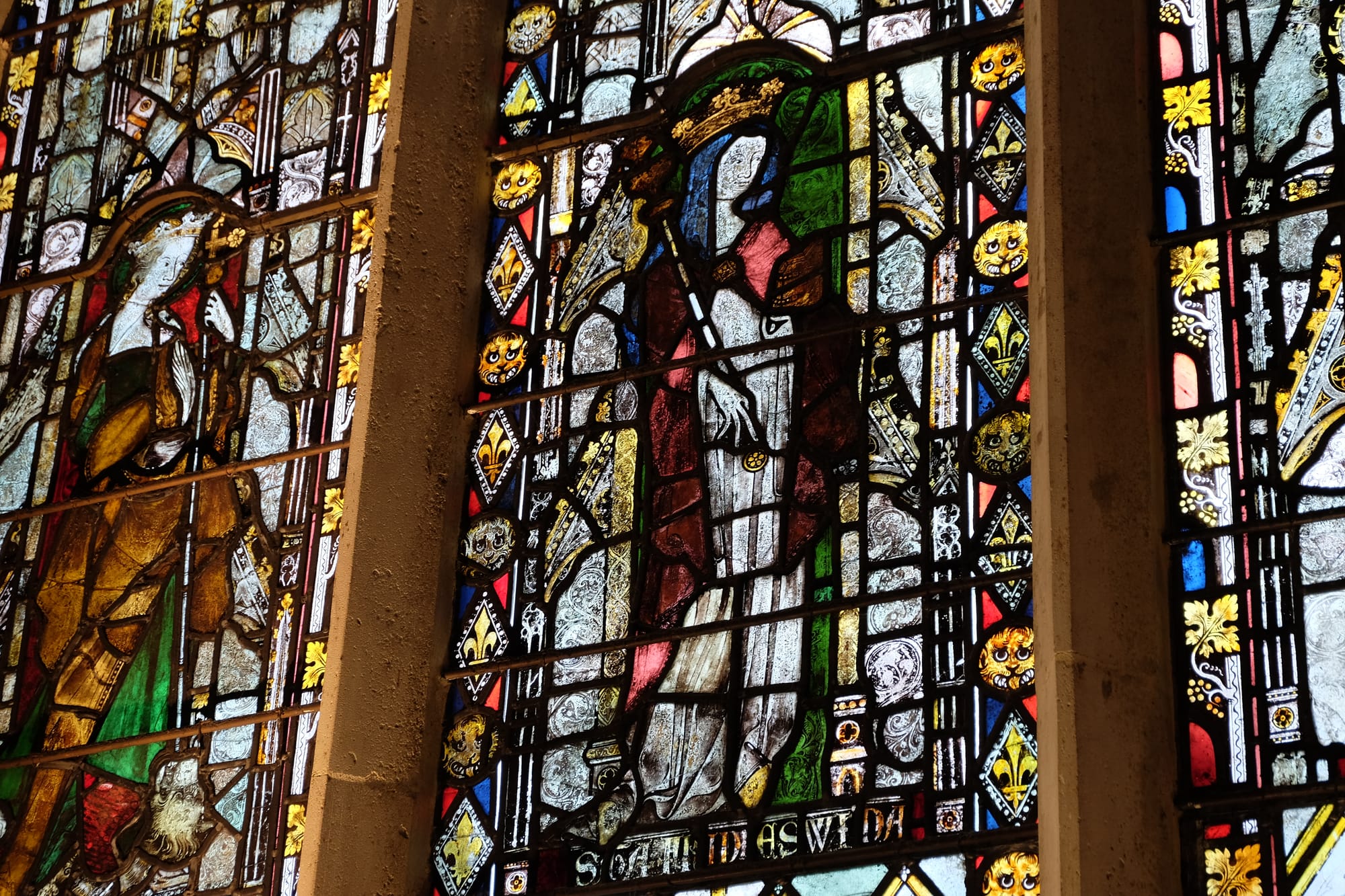Have we found St Frideswide’s Priory?

An unexpected discovery at Oxfordshire County Council’s proposed new HQ could transform our understanding of Oxford’s history. Madeline Odent explains more…
Oxfordshire County Council received some unfortunate news this month. Its move to Speedwell House must be paused, perhaps permanently, by the discovery of ‘well preserved walls’ beneath the site.
The discovery has inevitably led to criticism of the Council. They recently completed the sale of their former home (at County Hall), and any change in plans now will incur additional expense. It is fair for observers to ask whether this archaeological discovery could have been predicted.
The evidence, however, shows this to be a startling discovery, beyond reasonable anticipation. What may prove to be a disaster for the Council also has the potential to wonderfully transform our historic understanding of the area.

Prior evidence
This area of Oxford, west of St Aldate’s and north of the Thames, has been inhabited for centuries. Archaeological discoveries are common. From the early 13th century, both the Greyfriars and Blackfriars had priories in the area. Documentary evidence shows houses fronting St Aldate’s were leased out in the same time period. So, why didn’t the Council complete archaeological investigations on Speedwell House before selling their current home?
Because Speedwell House, almost uniquely for the area, sits on a section of land which was believed to have not been built on until the post-medieval period. Numbers 79-80 St Aldate’s, adjacent to Speedwell House on the site of the current Tesco Express, were excavated to a thorough degree in the early 1970s, but only underneath the built area.
The medieval houses had extensive gardens, recorded with specific measurements in 15th century leases. The gardens extended the full length to what was called Trill Mill Stream – now the pathway west of Speedwell and east of the Magistrate’s Court. Although some have supposed that this land was part of the Blackfriars’ Mill, Hinnebusch shows that their land stopped definitively with the stream as an eastern border. Thus, we have no record of building on the site from the earliest written records until the industrial era tenements, removed in the 1950s.

Ideally, of course, this site would have been excavated thoroughly before Speedwell House was constructed in 1972-4, but with limited funding, it was sensible for excavations to focus on known habitations: 79-80 St Aldate’s. That excavation, completed by Durham, showed levels of habitation that largely aligned with documentary evidence, along with evidence that the site was inhabited two centuries before the earliest written record. The excavation also showed evidence of Saxon manipulation of the site – and therefore investment in the region – a century before any previously documented settlement.
A Saxon burh existed in Oxford from the early 10th century, and possibly before the end of the 9th. Durham’s excavation revealed wattle fencing, used to artificially build up an embankment, which was radiocarbon dated to the end of the 8th century. This was not evidence of habitation – nobody lived on the land of 79 St Aldate’s in 800 CE. But it shows that somebody was investing in use of the river and the ford during that time. This remains some of the earliest evidence of Saxon activity in Oxford to date.
The writing on the wall
The discovery of ‘well-preserved walls’, on land with no recorded medieval building, raises several questions. If the walls are medieval, why are they not mentioned elsewhere, and to whom did they belong? If the walls are Saxon: how old are they, and who was building in that area at the time?
The mind immediately bends towards one intriguing, but improbable answer: St Frideswide, Oxford’s patron saint. In short form, the myth of St Frideswide is that after the death of her father, King Dida of Eynsham, she escaped a forced marriage by sheltering at Binsey, then moved to establish a priory by the river Thames. Frideswide lived from roughly 650-727, and a priory in her name certainly existed by 1002. It was located on the other side of St Aldate’s, on land belonging now to Christ Church. However, there has never been any evidence, beyond tradition, of Saxon settlement along the river in the late 7th century.
Of course, 50 years ago, there was no evidence or historic consensus of Saxon settlement prior to the 10th century burh. It would be a relief if these well-preserved walls turn out to be a sneaky mill belonging to some set of medieval Friars, and the Council is able to move according to plan. But how marvellous if perhaps, just perhaps, we have finally found St Frideswide’s ancient Priory.
Madeline Odent is an architectural historian based in Oxford.

